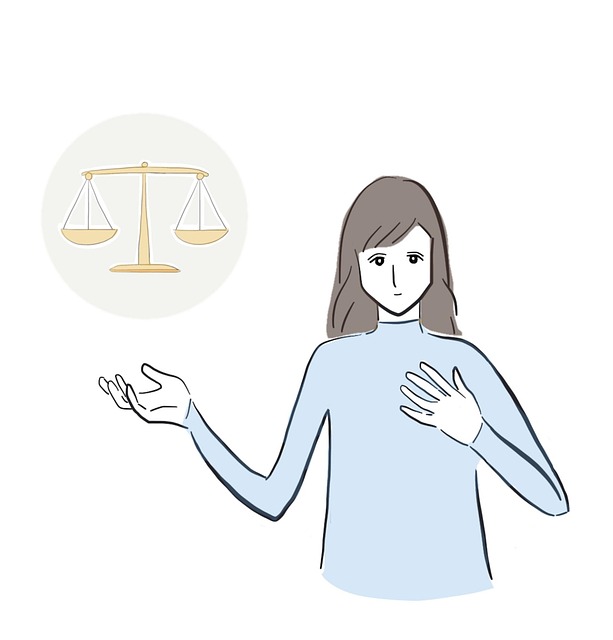Motorcycle lane splitting, while seemingly efficient, significantly increases crash risks due to unpredictable maneuvers and limited reaction times, often leading to severe head injuries like concussions. These accidents can spark complex legal battles over liability, with regional regulations varying widely. To mitigate dangers, motorcyclists should prioritize safety measures like helmets, reflective gear, and maintaining distance from trucks. Legal recourse through personal injury claims is available for victims, emphasizing the importance of understanding both the risks and legal landscape surrounding motorcycle lane splitting accidents.
Motorcycle lane splitting, a controversial practice where riders navigate between car lanes, poses significant risks, particularly concerning head trauma and concussions. This article delves into the world of motorcycle lane splitting accidents, exploring their dangers and potential consequences. We examine the unique challenges faced by motorcyclists, offer insights on concussions and head trauma, and provide essential safety measures to mitigate these risks. Understanding these factors is crucial for both riders and road safety advocates alike.
- Understanding Lane Splitting and its Risks
- Concussions and Head Trauma in Motorcycle Accidents
- Mitigating Risks: Safety Measures for Motorcyclists
Understanding Lane Splitting and its Risks

Motorcycle lane splitting, a practice where riders navigate between lanes or even directly in traffic flow at lower speeds, is often seen as a way to reduce commute times. However, this risky behavior significantly increases the likelihood of severe accidents, particularly when combined with the smaller size and less protective features of motorcycles compared to other vehicles. Motorcyclists who engage in lane splitting face unique challenges, such as unpredictable movements by surrounding vehicles, limited reaction time, and higher chances of being involved in a collision with cars or trucks.
In the event of a motorcycle lane splitting accident, head trauma and concussions are among the most common and severe injuries. The risks are exacerbated by the lack of safety measures that motorcyclists possess compared to occupants of enclosed vehicles. As such, understanding the dangers associated with lane splitting is paramount. Furthermore, recognizing potential breaches of fiduciary duty—such as when a driver’s negligence directly contributes to an accident—is crucial for victims seeking compensation through truck accident attorneys. Fiduciary duty breaches can lead to legal actions aimed at securing justice and financial support for those injured in these high-risk incidents.
Concussions and Head Trauma in Motorcycle Accidents

Motorcycle lane splitting accidents, while often deadly for riders, also pose significant risks of concussions and head trauma. These types of accidents occur when a motorcyclist moves between lanes or closely follows another vehicle in shared space, a practice known as lane splitting. The forces involved in such collisions can be immense, leading to severe brain injuries. Concussions are among the most common traumatic brain injuries (TBIs) suffered by motorcycle riders, with symptoms ranging from dizziness and headaches to memory loss and cognitive impairments.
The impact of a motorcycle lane splitting accident can result in more than just physical injuries; it can also trigger partnership disputes over liability. Unlike car accidents involving defective products or rear-end collisions, lane splitting incidents often involve complex legal considerations due to varying regional regulations and the unique nature of motorcycle dynamics. Understanding the risks associated with concussions and head trauma is crucial for both riders and legal professionals navigating these cases, ensuring fair compensation and safety measures that can help prevent future accidents.
Mitigating Risks: Safety Measures for Motorcyclists

Motorcyclists involved in lane splitting accidents face significant risks, including severe head trauma and concussions due to the lack of protective enclosure. Mitigating these risks involves a combination of proactive safety measures. One key strategy is for motorcyclists to always wear properly fitted and approved helmets, which can significantly reduce the impact of head injuries during an accident. Additionally, maintaining awareness and staying visible to other drivers is crucial; using reflective clothing and signaling intentions clearly can prevent lane splitting mishaps.
Further risk mitigation includes keeping a safe distance from trucks and other vehicles, as these larger vehicles often have blind spots that can obscure motorcyclists. Staying within the far right lane whenever possible also reduces the likelihood of being involved in a lane splitting scenario. In case of an accident, prompt medical attention is vital for assessing and managing potential truck accident injuries, including concussions. Personal injury claims can then be pursued to ensure client recovery and compensation for damages suffered.
Motorcycle lane splitting, while a common practice in some regions, carries significant risks, particularly concerning concussions and head trauma. As discussed, these accidents can lead to severe injuries due to the proximity to other vehicles and the inability to absorb impacts effectively. However, by understanding the risks and implementing safety measures like wearing protective gear, maintaining visible positions, and adhering to local laws, motorcyclists can mitigate these dangers. Always prioritizing safety is paramount for riders engaging in lane splitting, as it’s a shared responsibility to ensure safer roads for all users.






